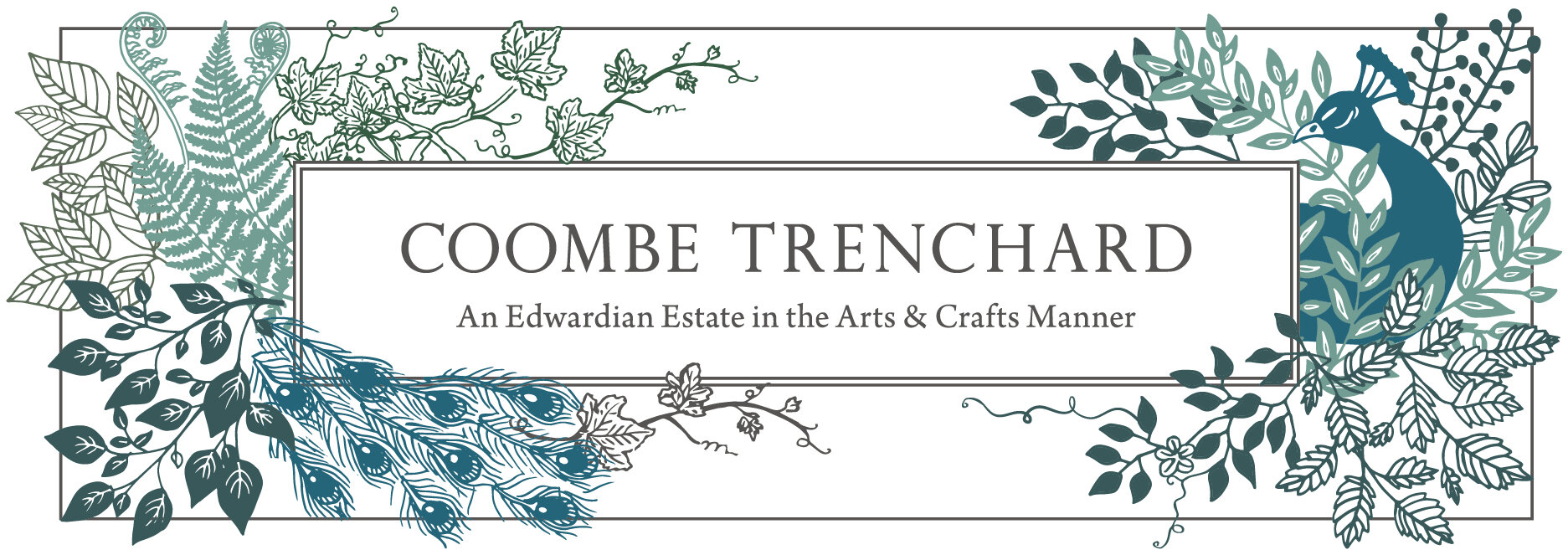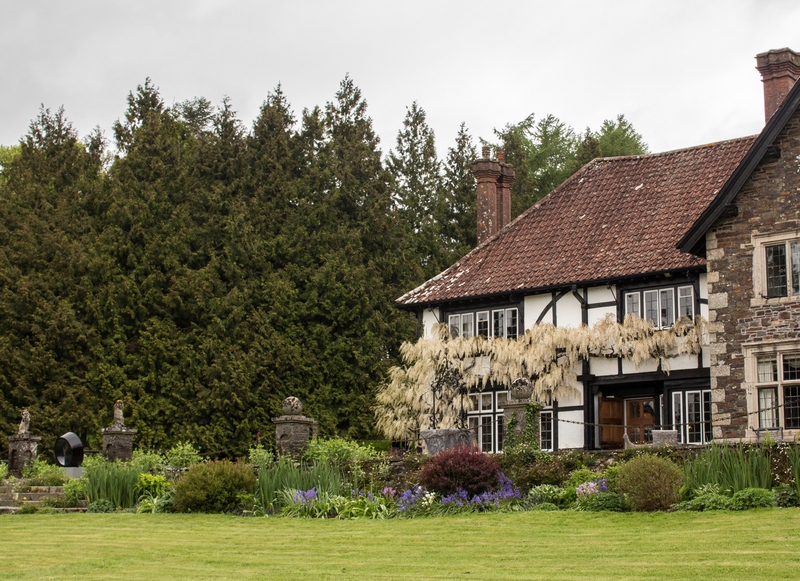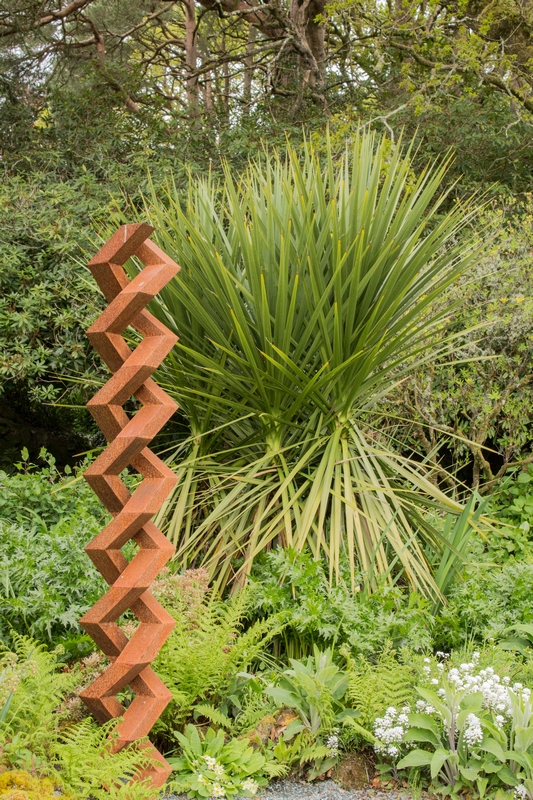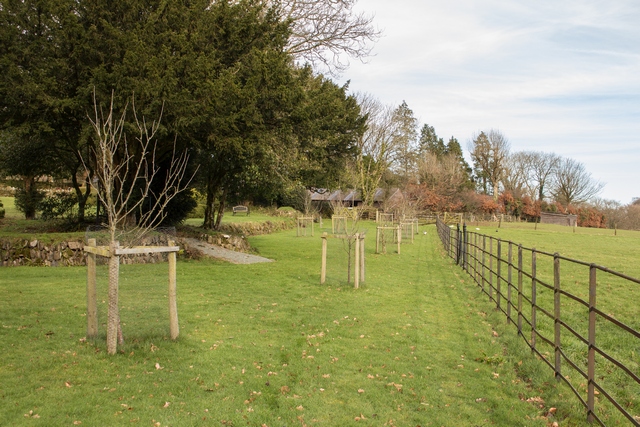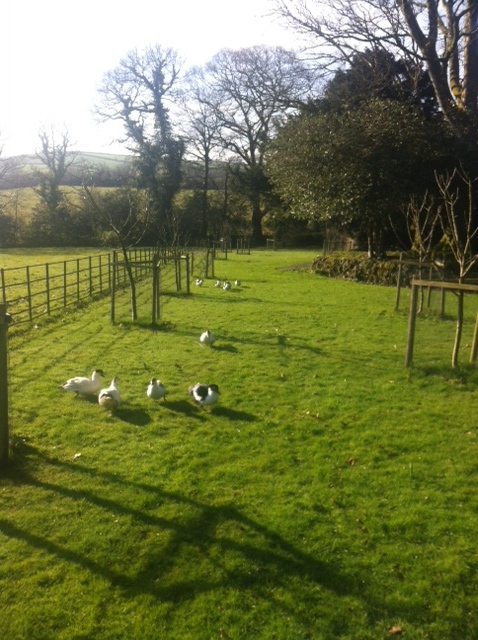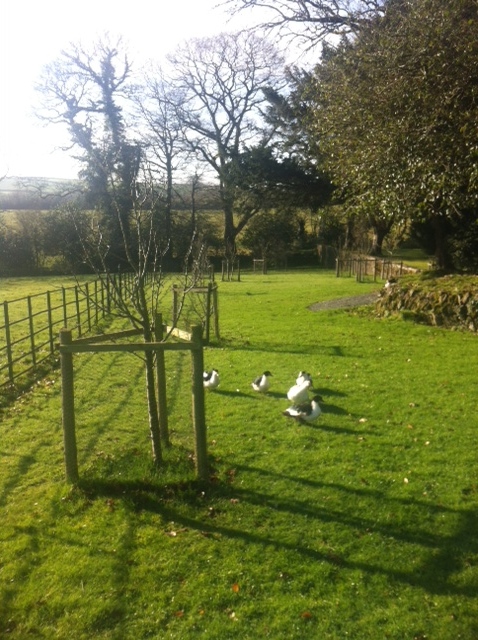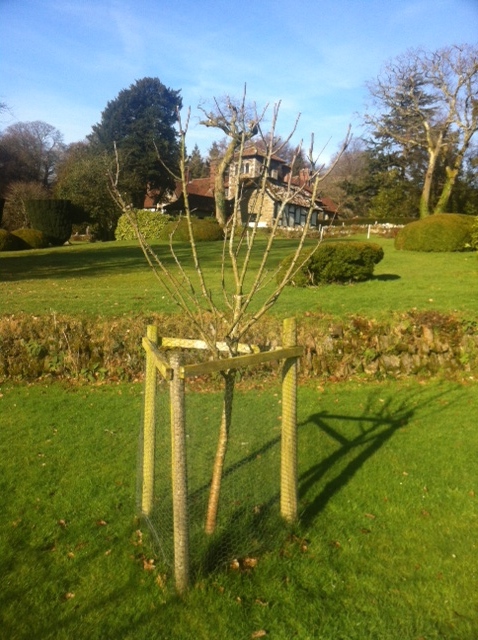I'd like to introduce you to Nikki Ward.....I have known Nikki for a couple of years through the wedding industry, as she produces some of the most beautiful wedding stationery you can imagine. I was so delighted when Nikki and fiancé Anthony decided that Coombe Trenchard would be their perfect wedding venue, and equally thrilled when Nikki agreed to be our first 'real bride' blogger. Nikki is getting married here in May 2017, and I am really looking forward to reading how she progresses with her wedding plans....
Hi I’m Nikki and I have been working in the wedding industry for the last 6 years … gosh that makes me sound like I’m standing up at an Alcoholics Anonymous meeting! I am also a bride to be after getting engaged on Boxing Day to my lovely other half Anthony, who got down and proposed in front of a camel on the edge of the Sahara desert whilst we were on a tour of Morocco. It was perfect … even though we both had stinking colds and felt really ill!
When we got back from Morocco I immediately jumped into wedding planning mode … we wanted to get married in 2017 and I knew that dates at really lovely venues would fill up quickly, especially in the post engagement frenzy following Christmas & New Year.
Having run my own business as a wedding stationer, over the years I have visited some really lovely venues for photo shoots and wedding fairs etc. so I had a fair idea of some of the venues I really loved in Devon and Cornwall. Ant was happy for me to show him some of my favourites and some of the most popular venues in the area so we could narrow it down to a shortlist to visit quite quickly.
We instantly knew we didn’t want something run of the mill and, as neither of us are religious, wanted a venue where we could hold both the ceremony and reception in one place. In fact it became clear very quickly that we also really wanted somewhere which we could have exclusive use of for the whole weekend. We only moved to Devon 3 years ago so nearly all our close friends and family are based in either London, Surrey or near Birmingham. So we decided that we didn’t want our guests to feel they were having to travel all the way down to Devon for just one day.
We both love places with history and character and so the shortlist of 4 venues we looked at over one of the first weekends in January all were very individual and full of character for different reasons. We actually made a bit of a rod for our own backs as each one was ‘so’ different it was difficult to compare them!
Coombe Trenchard won out though in an enormous part due, not only to its beauty and historic character, but because of the flexibility that it and Sarah offered us. It is also an Arts & Crafts House which has always been one of our favourite periods of architecture and although it has a definite ‘wow’ feeling it also felt loved and relaxed and like the family home that it is. We didn’t want our day to feel in anyway stuffy or formal so Coombe Trenchard was perfect!
Sarah has been so helpful and accommodating in our booking of the venue and I’m really looking forward to organising our wedding with her.
Our plans and ideas for the day are already starting to come together and we are currently finalising evening catering and music and entertainment, which are the couple of things other than the venue which we are anxious to book well in advance to secure the date of the suppliers we really love.
Plus as Sarah has already discovered I’m a stupidly organised person and as we are also moving house this year I wanted to get on top of the wedding planning straight away!
I’m looking forward to writing future blog posts for the Coombe Trenchard blog and keeping you updated to our progress.
Nikki
